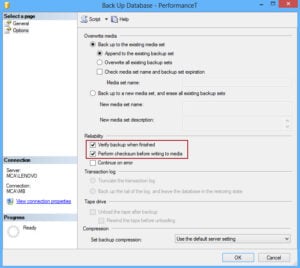Learn how to maintain the health of your SQL server database with these quick and simple tips.
As a SQL Server DBA, you need to make sure that your database is always in the best of health. This might seem like something challenging, but is technically something that does not take up too much time and energy, provided you perform certain activities regularly. Much like we as humans monitor our health regularly, we also need to monitor the health of our database regularly. This can be done with a few simple tips that we would be providing you in this article. To know those tips, continue reading.
1. Stop Attempting to Shrink the Database frequently
You can come across a multitude of tutorials telling you how and why to shrink your SQL databases, but you need to know that by shrinking them you also increase the fragmentation. And this, in turn, ends up affecting the overall performance of the database. By unnecessarily shrinking the database you do not get extra space, but end up losing space because of defragmentation.
2. Perform Regular Backups
This might have been told to you gazillion times but only because it is very important. With regular backups offsite you can secure your database from several potential disasters like software failure, hardware crash, etc which can lead to sudden data loss by performing a sql fix operation. In case of simple manual errors like forgetting the password and others can also be dealt with the help of copies of a database
3. Regularly Check for Consistency of the database
In case of database corruption, there is a lot that can go wrong. Apart from coming across incorrect results being delivered by the queries, or a complete failure in getting results, you might also witness extreme situations like the whole SQL Server instance coming down. This kind of situations can be avoided by regularly running SQL queries. You can opt for automating these queries at a given point of the day so that you do not have to perform it manually.
4. Regularly Verify SQL Backups

5. Check the Server Health
Along with checking the health of the database, you also need to keep a check on the health of your server. You might have a database in the best of health, but what happens if the server breaks down? Then what would you do? To make sure that this kind of situation does not arise, you should regularly perform server maintenance sessions. This can be done by setting reminders.
6. Monitor Deadlocks
If multiple connections are attempting to read data simultaneously, then there are chances that SQL Server might end up blocking or killing the request of a few users. These are the users that form the deadlock victims. You can avoid deadlocks by making use of an application code
Author Introduction:
Victor Simon is a data recovery expert in DataNumen, Inc., which is the world leader in data recovery technologies, including repair accdb and sql recovery software products. For more information visit https://www.datanumen.com/